Showing rather than telling: the power of prototypes
30 April 2024
30 April 2024
To celebrate the launch of the new A Methodist Way of Life discipleship toolkit, the Evangelism and Growth team is producing a new monthly blog series on leadership and culture change. Whether you’re mission planning, starting an NPNP, focusing on one of the commitments of MWOL, or re-orienting your church’s focus to discipleship, we hope these blogs will provide inspiration, encouragement and guidance for making your hopes and dreams a reality.
This month, Andy Fishburne encourages us to think about the role of prototyping in designing new ideas.
It’s all in your heads at the moment, there’s nothing to show yet. How do you know that everyone in the team has similar ideas? You’re imagining people going to the local Starbucks, while someone else is picturing the church hall, paper tablecloths, instant coffee and bowls of sugar.
In my twenty years teaching Physics I learned the power of sharing abstract ideas (like momentum, for example) by showing the students physical models (a frictionless track with model cars that show their velocities before and after a collision.) It was even better if they could get their hands on and play for themselves.
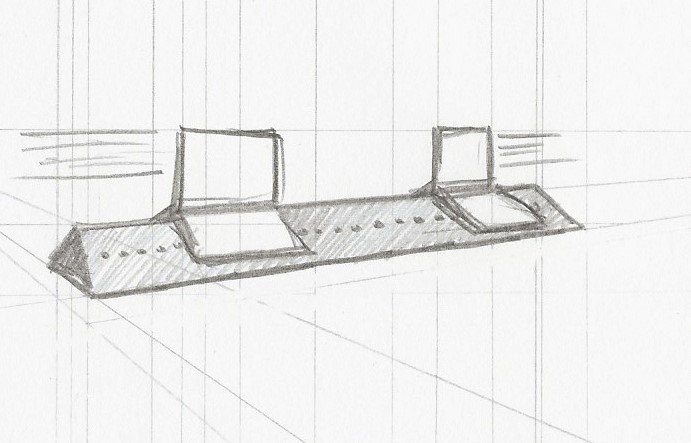
The equipment acts as a prototype: a simple, quick, less risky representation of reality.
Back to the cafe service plans. How might prototypes help your planning process, and to communicate the idea so that people actually turn up?
Making a prototype is a well-established step in business - think of concept cars, artists’ impressions of housing developments, pilot episodes of TV programmes. But prototypes don’t have to be expensive, or need artistic skill. And they aren’t just useful for physical products, like cars and houses; they are also excellent for thinking through situations where people will interact with each other, like our cafe service.
Here are some quick and easy ways to prototype.
This is a method of prototyping that is well established in church culture: the wedding rehearsal. The key people meet in the space and walk through the service ahead of time. It helps everyone anticipate problems and find solutions before the big day.
For our cafe service, why not hold a planning meeting starting with a drink and snack in a local café?
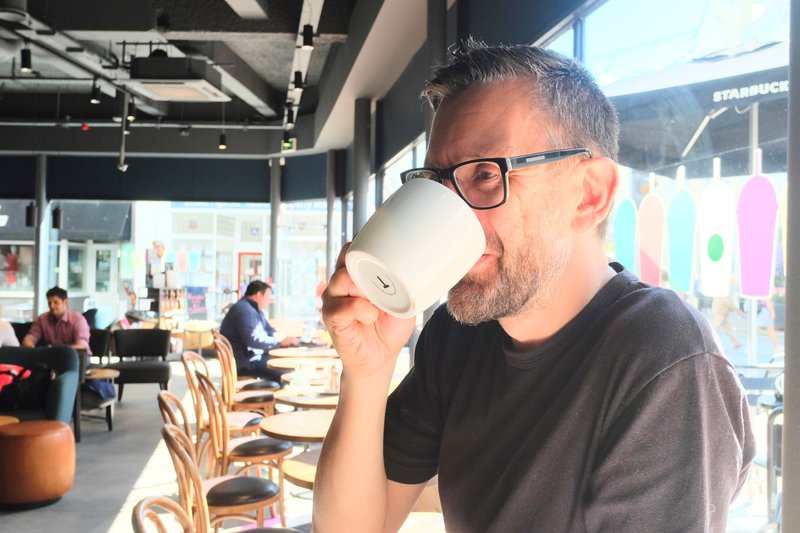
Take some reference photos, and then move to the church hall to try to recreate the experience using what furniture and crockery you have to hand. How do the different experiences make everyone feel?
On a table, make a mini-model of the worship service, with something physical that you can all move around to represent the people, and tables, and everything else. You could use LEGO or other toys, or food — crackers for tables, pasta shells for people, spaghetti for walls.
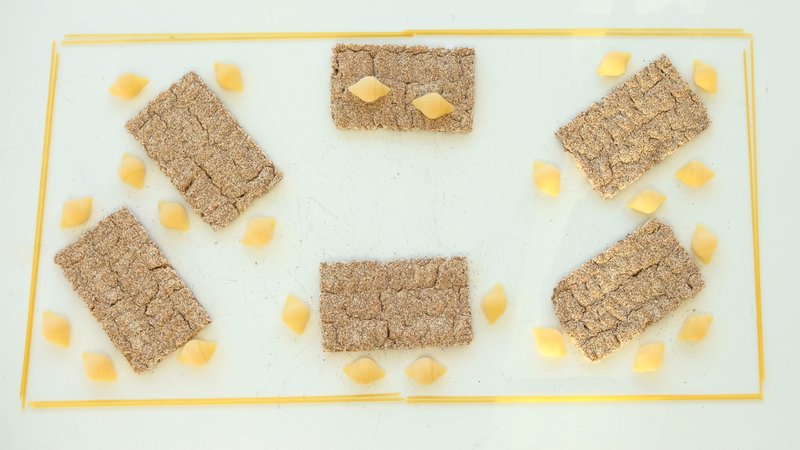
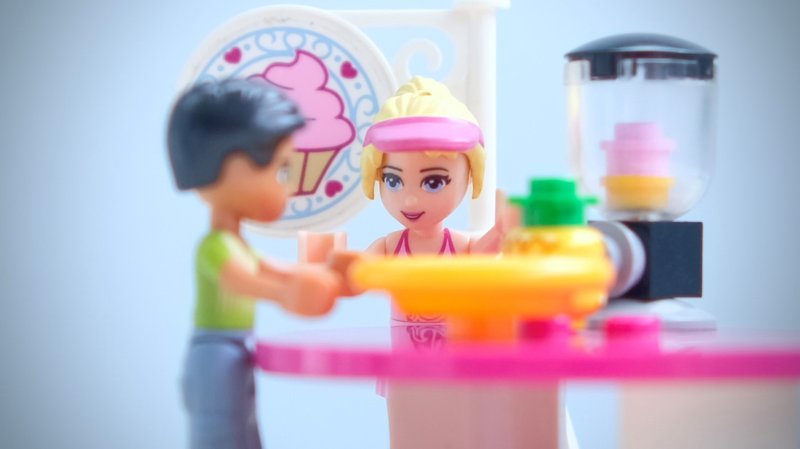
Take photos to create a storyboard, showing what might happen at key stages in the event:
* The space before anyone has arrived
* Set up process
* When the first worshippers arrive
* Start of service
* Different sections of the service
* Close of service
This doesn’t require good drawing skills — the point is to communicate ideas using pictures, not to create a beautiful piece of art!
For our cafe worship example, maybe sketch a birds-eye plan of the space: how the tables and chairs will be arranged, any focal point, where will people get drinks from, the routes in and out.
Another sketch could represent a table top, imagining what it might look like during the worship, both the things that are provided (drinks, food, printed sheets, hymn books…) and the things that individuals bring (bags, phones, keys, things for their baby, mobility aids…)
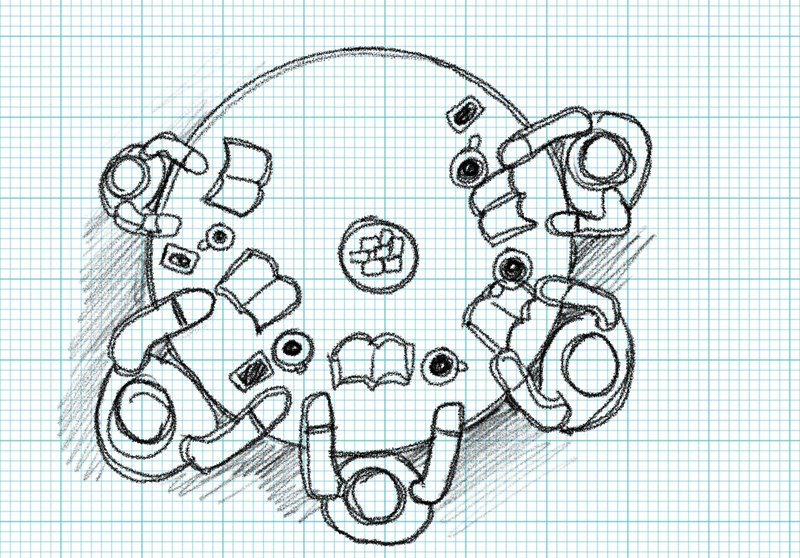
Prototyping gives you an opportunity to think it all through before the event happens, and gives you the chance to make things better. The sketch, above, made me realise that having one plate of biscuits per table would look and feel stingy!
You are going to have to think about these things at some point. By default it will be at the first event when you unlock the door. But it is so much better to do it in advance with simple prototypes.